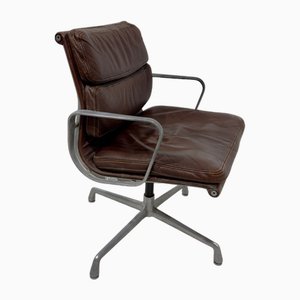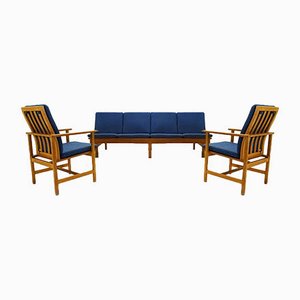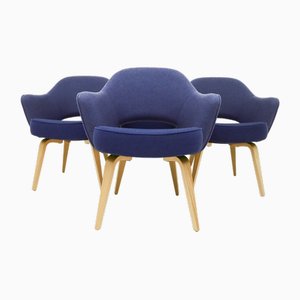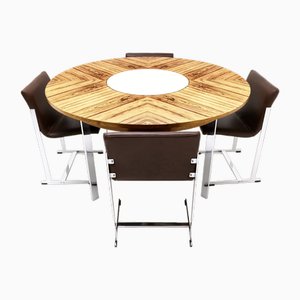Shipping quote request
We’ll calculate the shipping price as soon as getting your request.
You are now following Desk Chairs. You can manage alerts in your account settings.
You have unfollowed Desk Chairs.
Shipping quote request
We’ll calculate the shipping price as soon as getting your request.
You May Also Like
Sponsored Products
Mid-Century Chrome Tubular Coffee Table With Chairs, 1960s, Set of 3

Soft Pad Armchair by Charles & Ray Eames for Herman Miller, 1970s

Black Leather Desk Armchair Mod. Soft Pad Ea217 by Charles & Ray Eames for Vitra, 1969

Desk Chairs by Arne Jacobsen for Fritz Hansen, 1997, Set of 4

More from this Dealer
Pina Pedano, Totem Sculpture, 1980s, Mahogany Wood

Erté, Artist's Proof: Letter V, Limited Edition Serigraph, 1976

Limited Edition FK 6728 High Back Armchairs in Cognac Leather by Preben Fabricius & Jørgen Kastholm for Walter Knoll, 1990s, Set of 10

Vintage Italian La Palma Dune Coffee Table by Enzo Berti, 1990s

Vintage Brutalist Polished Brass Coffee Table with Glass Top by Claude Santarelli, 1970s

Erté, Artist's Proof: Letter O, Limited Edition Serigraph, 1976

4-Seater Sofa & 2 Armchairs by Børge Mogensen for Fredericia, 1960s, Set of 3

Vintage Executive Armchairs in the Original Knoll Blue Fabric with an Oak Frame Base by Eero Saarinen for Knoll Inc. / Knoll International, 1990s, Set of 4

Mid-Century Scandinavian Chrome and Webbing Lounge Chair

Vintage Italian Sunburst Effect Teak and Brass Coffee Table, 1970s

Italian Korium Armchairs in Brown Leather by Tito Agnoli for Matteo Grassi, 1980s, Set of 2

Large Classic French Table Lamp in Cast Bronze and Alabaster Centrepiece

Mid-Century Danish MK310 Teak Dining Chairs by Arne Hovmand Olsen for Mogens Kold, 1950s, Set of 4

Cognac Leather FK 6728 4G armchairs by Preben Fabricius and Jørgen Kastholm for Walter Knoll/Willhelm Knoll and a Matteo Grassi Leather and Glass Dining table. 1990's, Set of 11

Decorative Fall Love Art Rug by Robert Indiana, 2006

Luta Side Chairs by Antonio Citterio for B&B Italia, 2004, Set of 2

Mid-Century Danish Leather and Steel Pk9 Chairs by Poul Kjaerholm for E. Kold Christensen, 1960s, Set of 4

Copper Electrotype Centrepiece, Shield or Platter Depicting the Battle of the Amazons by Antoine Vechte for Elkington and Co., 1852

Teak and Leather Frame Desk and PJ SI 30 A Committee Chair attributed to Pierre Jeanneret, Chandigarh, India, 1960s, Set of 2

Circular Dining Table and Leather Chairs attributed to Richard Young for Merrow Associates, 1960s, Set of 5

More Products
Get in Touch
Make An Offer
We noticed you are new to Pamono!
Please accept the Terms & Conditions and Privacy Policy
Get in Touch
Make An Offer
Almost There!
To follow your conversation on the platform, please complete the registration. To proceed with your offer on the platform, please complete the registration.Successful
Thanks for your inquiry, someone from our team will be in touch shortly
If you are a Design Professional, please apply here to get the benefits of the Pamono Trade Program